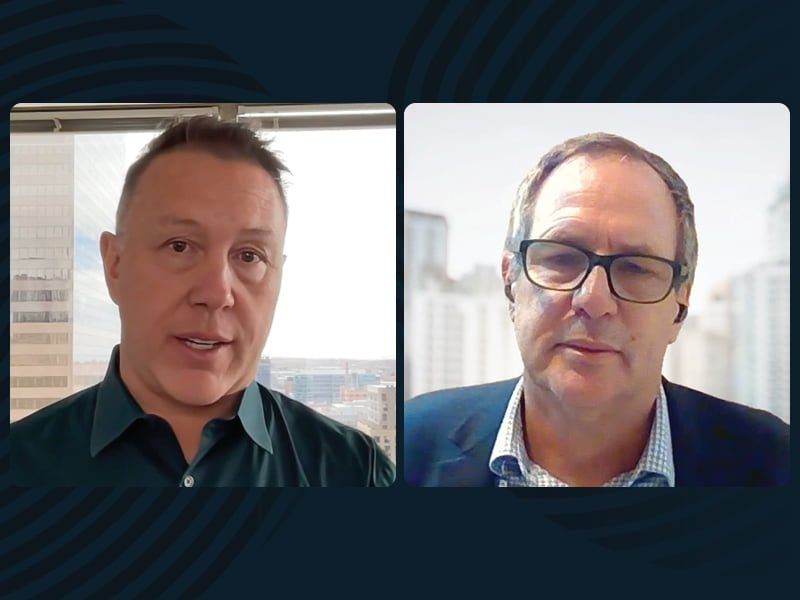Nearly 30 years ago to the day, The New Yorker published a cartoon that would become the first ever meme.
The simple image sees two pet dogs sitting side-by-side at a computer screen, with one saying to the other: “on the internet, nobody knows you’re a dog.” A comment about online anonymity at the time, the cartoon has resonated in the decades since.
As Ping Identity chief executive Andre Durand explains, at the time, anonymity was assumed online, but now we’re fast moving towards a future where everything needs to be identified in order to be secured.
“The internet in the beginning was anonymous by default, and now we’re moving to a point of time where you’re identifiable by default,” Mr Durand said on InnovationAus.com’s new podcast series Identity Matters: Digital Identity and the Evolution of the Internet.
“We can’t secure what we can’t identify.”

In partnership with Ping Identity, the new podcast series will trace the global online trends which have helped to shape today’s notion of digital identity, and explore the specific cyber landscape that led to identity access management practices and zero trust environments.
When Mr Durand founded Ping Identity 21 years ago, the internet and identity were very different concepts than what we know today.
“I had an observation that networking was a one-way street. What manifests from that train of thought is the notion that if all of our devices are driven to network, it should be possible at some point that if my device is lost or stolen, I can just shut it off. It was basically Find My Phone,” he said.
“I realised there was no way to connect a user to a device if you didn’t know the identity of the user and you didn’t know the identity of the device. That train of thought ultimately led to the notion that everything needs to be identifiable.”
Originally, most interactions online were done with people known to us, making the process of securing these interactions far simpler. This involved an organisation or individual placing everything of value in one controlled place, and putting up a firewall between it and the outside.
But with the rise of the use of non-issued devices and users working from anywhere, outside of a company’s data centres, this process is no longer effective.
“So we need new ways of reconnecting who should have access to what – you can’t presume you trust the network or the user or the device,” Mr Durand said.
This means that digital identity is now at the nexus of the rising cybersecurity threat faced by all individuals and organisations.
“A user’s identity is the new perimeter. Identity is now being attacked more than ever – taking over your account is the new way in, that’s the door to kick down. That’s why many of the attacks are propagated at getting your identity, and then leveraging a way in,” he said.
According to Mr Durand, we are also witnessing a significant shift that is giving individuals control over their own digital identity – something which brings with it numerous benefits.
“For the last 50 years our digital identity has been managed by other companies. Your digital identity is very fragmented – it’s the aggregate of all the accounts you have with all the companies you do business with,” he said.
“We’re now on the verge of where you can leverage your mobile phone as an identity wallet to collect and store your digital identity in your control. So when people want to know something about you, you don’t have to tell them to talk to somebody else, you can share something with them and they can verify the authenticity of those digital credentials.
“It’s a better model of privacy, it gives users control of their own identity that they haven’t had in the past, and it’s actually going to improve the user experience in several interactions, while improving trust and security at the same time. We haven’t seen that level of opportunity in the history of identity.”
The Identity Matters: Digital Identity and the Evolution of the Internet podcast series and accompanying articles are produced by InnovationAus.com in partnership with Ping Identity.
Do you know more? Contact James Riley via Email.
